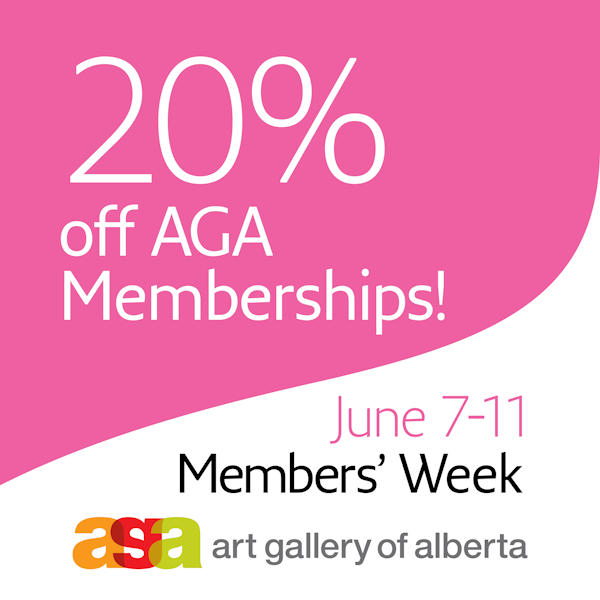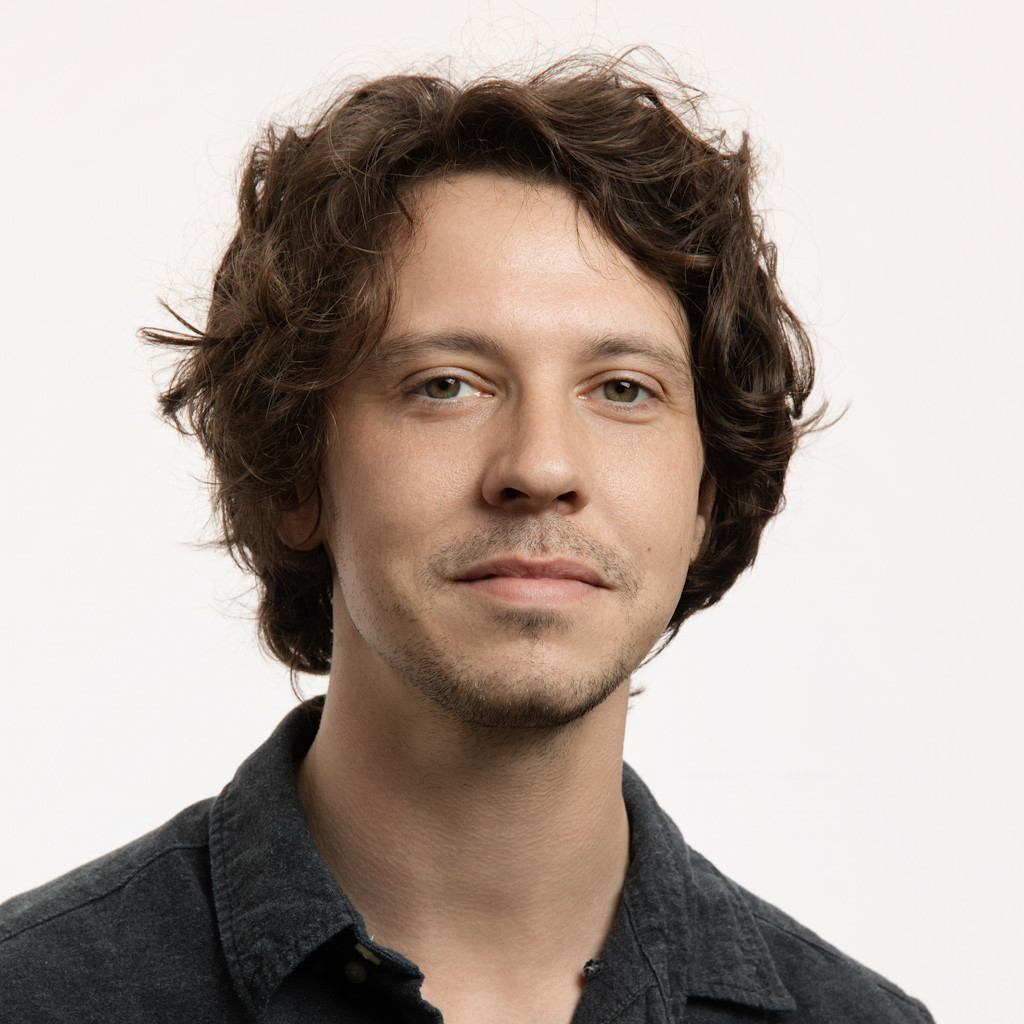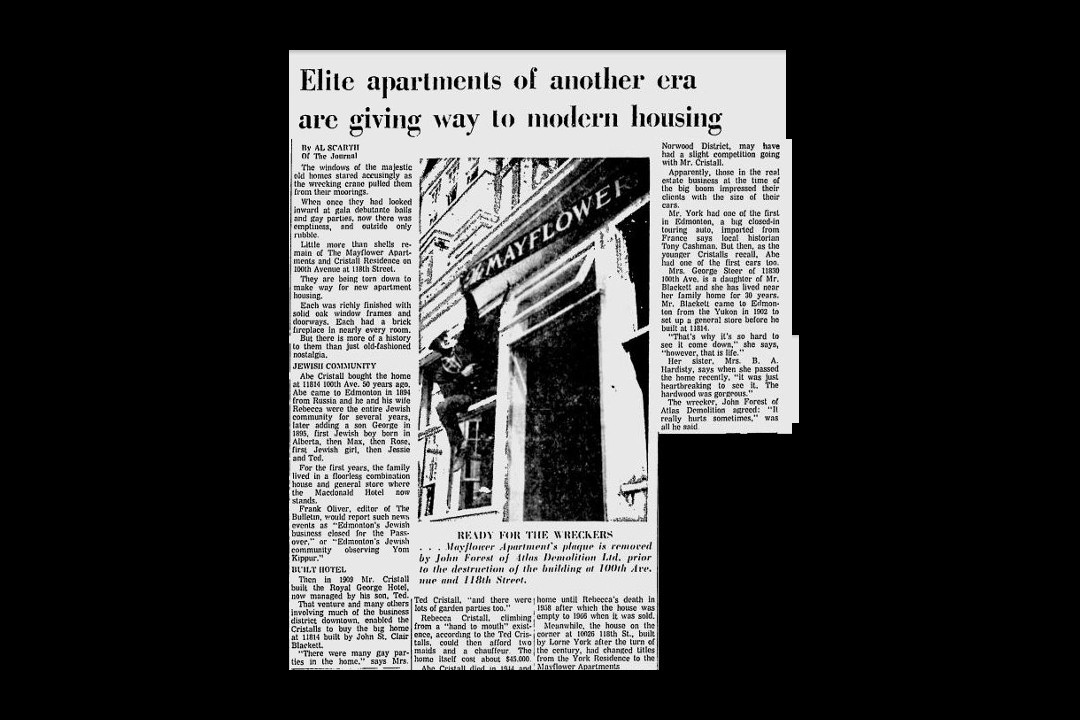
Wikipedia Edit-a-thon aims to increase visibility of Edmonton's queer history
By
Shayne Giles
The Edmonton Queer History Project (EQHP) is partnering with Art+Feminism to write Edmonton's queer histories into the books — or at least into the pages of Wikipedia.
A Wikipedia Edit-a-thon on June 10 at MacEwan University's Roundhouse will offer training on how Wikipedia works and information about queer history resources in Edmonton, to empower people to "help improve the world's largest online encyclopedia by making it more inclusive and representative of diverse sexual orientations, gender identities, and gender expressions."
The EQHP has held similar events in the past in an effort to close the information gap on Edmonton's queer history, an endeavour that aligns closely with Art+Feminism's global initiative to bring Wikipedia empowerment to the masses.
"Wikipedia is a natural kind of dissemination," said Sarah Severson, a local member of Art+Feminism and a board member with Wikimedia Canada, as well as a digitization librarian at the University of Alberta. "There's so much rich history already, it's just about getting it in front of people."
Severson has helped organize Art+Feminism events for years now and is working with Kristopher Wells of the EQHP to digitize documents regarding Edmonton's queer history.
"It's about sort of democratizing history as well, and not just having it in the hands of the so-called historians or the experts that are out there," said Wells, a MacEwan University associate professor who holds the Canada Research Chair for the Public Understanding of Sexual and Gender Minority Youth. "So it ties in really well for the kind of work that we do."
The June 10 Edit-a-thon, which runs from 10am to 2pm, aims to be accessible to all community members, with a drop-in supervised art activity to keep children occupied, as well as access to laptops, if needed.
"This is a community coming together in person, it's about collaborating on these articles," Severson said, mentioning that one-on-one help will be available. "There's going to be a community there that can kind of help support them in that space."
Past Edit-a-thons have resulted in the creation of Wikipedia pages on artist Lauren Crazybull, the Latitude 53 art gallery, and feminist bookstore Common Woman's Books.




